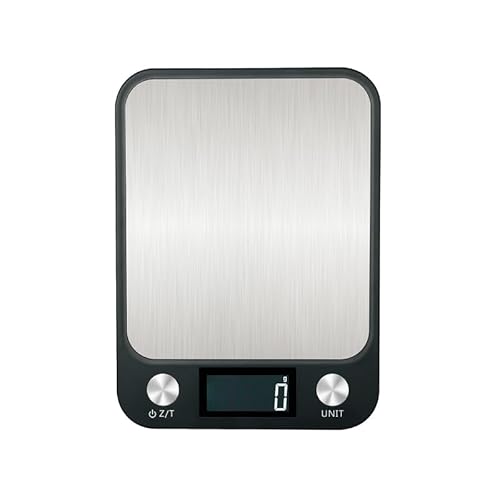I have been wondering for quite a while now, maybe someone here could help me with that question.
Is saponified coconut oil "in essence" more efficient in binding to fats/sebum and is what makes it harsher, or is it just that it is more soluble and so we get more soap faster when using it and so get washed more efficiently ?
Is the bubbling properties of coconut oil due to its solubility ? And if so, do other ways to make more of a bubbly soap (sugar, aloe, castor oil...) mean you inevitably also increase the cleaning value ?
Is saponified coconut oil "in essence" more efficient in binding to fats/sebum and is what makes it harsher, or is it just that it is more soluble and so we get more soap faster when using it and so get washed more efficiently ?
Is the bubbling properties of coconut oil due to its solubility ? And if so, do other ways to make more of a bubbly soap (sugar, aloe, castor oil...) mean you inevitably also increase the cleaning value ?
Last edited:



















![[Latest] 21 Pack Dried Flowers for Candle Making, 100% Natural Dried Herbs Kit for Soap Making, Bath, Resin Jewelry Making, Bulk Dried Flowers Include Lavender, Rose Petals, Rosebuds, Leaves, Lemon.](https://m.media-amazon.com/images/I/61rGf9Frw4L._SL500_.jpg)























